Tamiya 1:72 Mosquito FB Mk.VI
Discussion
So with renewed enthusiasm after being somewhat drained by the 617 Sqdn. Tornado GR4, it’s time to tackle the next kit on my list: the Tamiya Mosquito in 1:72 scale. I thought starting a build thread would motivate me to at least get on with the preliminary research, but more on that later...

Usual Tamiya quality, looks like little or no filler will be needed, which is a good job in this case...
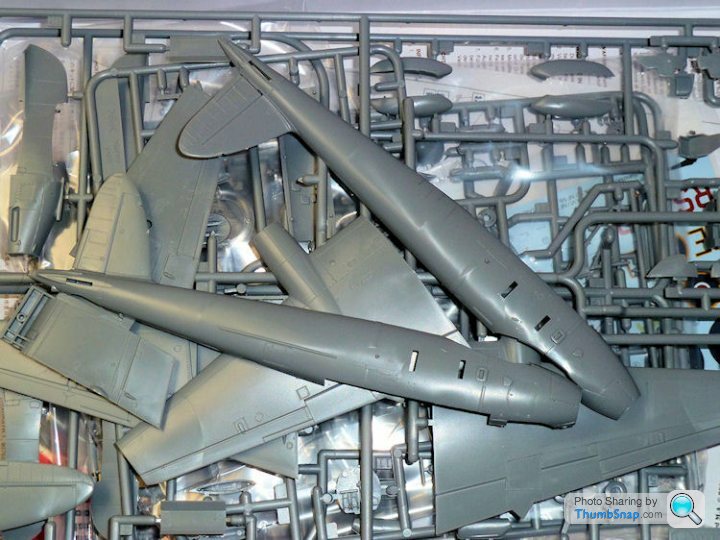
I also went for the simple Eduard etch set, Master Model brass machine guns, and as an experiment in time saving (ha ha) a set of Eduard pre-cut canopy masks:
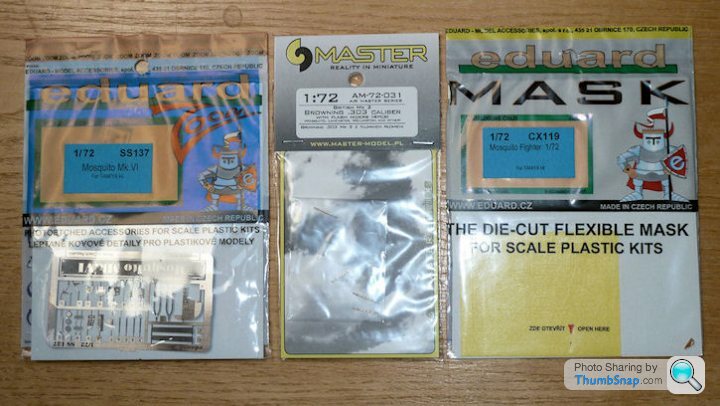
Even though the Mosquito is undoubtedly a beautiful aircraft, in model form I think it can often look a bit bland and “seen one seen them all” –ish. Maybe it’s because of the lack of surface detail to break up the wooden airframe skins, I don’t know. So I’ve decided to finish mine in unpainted form, just a bare wood finish with the appropriate bits finished in aluminium, steel and fabric. I realise that this would never be possible (or extremely unlikely) in real life due to the way the aircraft was assembled and finished, but the idea is to give an impression of the different materials used in construction. I’ve seen a couple of Mosquito models either semi, or completely finished like this, but none are particularly accurate as far as I can tell. Anyway, with all this in mind, I got some Uschi woodgrain decals (bit unsure about the Hitler Youth imagery, but hey ho):
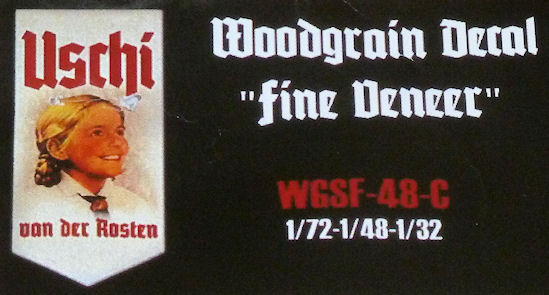
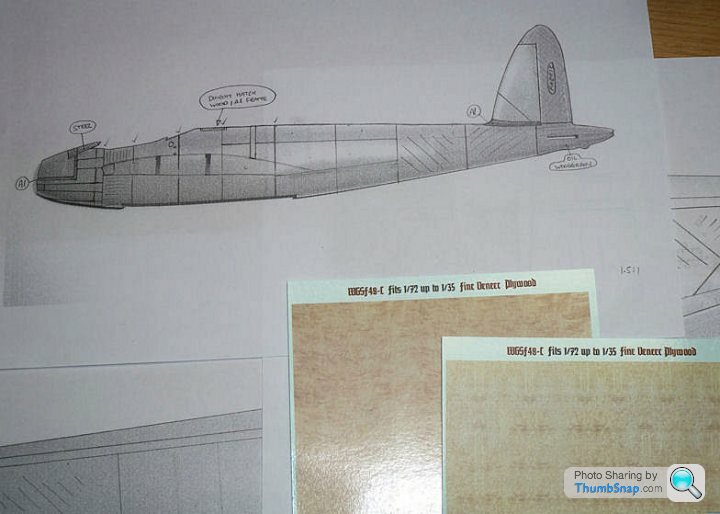
And I’ll be using these in conjunction with the oil paint method of simulating woodgrain on certain features, as I did on my WnW SE.5a here:
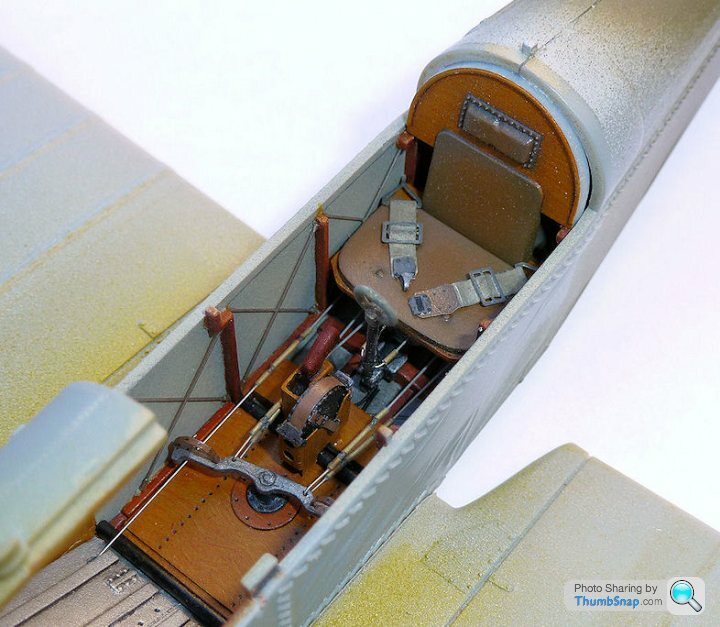
...and Vallejo Air Silver (for the ailerons, elevators, nacelles, various fairings and covers), a CDL colour (for the rudder, which was fabric covered), and Vallejo Air Steel (for the forward cockpit armour). The Interior will be painted as normal, as will the propellers.
So I’ve made a start by sketching the various panels onto photographs of the kit fuselage and wings. It’s not at all easy to figure out the panel breaks from reference photographs, but I’m getting there. In reality there would be hundreds of white dots all over the skins where the outer ply sheets were screwed and the heads filled, but I’ll not be including these:
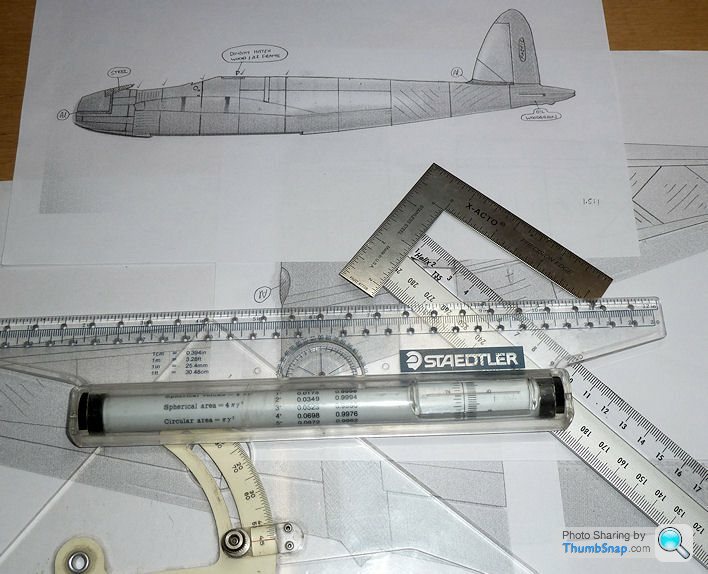
Wish me luck!

Usual Tamiya quality, looks like little or no filler will be needed, which is a good job in this case...

I also went for the simple Eduard etch set, Master Model brass machine guns, and as an experiment in time saving (ha ha) a set of Eduard pre-cut canopy masks:

Even though the Mosquito is undoubtedly a beautiful aircraft, in model form I think it can often look a bit bland and “seen one seen them all” –ish. Maybe it’s because of the lack of surface detail to break up the wooden airframe skins, I don’t know. So I’ve decided to finish mine in unpainted form, just a bare wood finish with the appropriate bits finished in aluminium, steel and fabric. I realise that this would never be possible (or extremely unlikely) in real life due to the way the aircraft was assembled and finished, but the idea is to give an impression of the different materials used in construction. I’ve seen a couple of Mosquito models either semi, or completely finished like this, but none are particularly accurate as far as I can tell. Anyway, with all this in mind, I got some Uschi woodgrain decals (bit unsure about the Hitler Youth imagery, but hey ho):


And I’ll be using these in conjunction with the oil paint method of simulating woodgrain on certain features, as I did on my WnW SE.5a here:

...and Vallejo Air Silver (for the ailerons, elevators, nacelles, various fairings and covers), a CDL colour (for the rudder, which was fabric covered), and Vallejo Air Steel (for the forward cockpit armour). The Interior will be painted as normal, as will the propellers.
So I’ve made a start by sketching the various panels onto photographs of the kit fuselage and wings. It’s not at all easy to figure out the panel breaks from reference photographs, but I’m getting there. In reality there would be hundreds of white dots all over the skins where the outer ply sheets were screwed and the heads filled, but I’ll not be including these:

Wish me luck!
johnS2000 said:
I shall be watching this and hoping to learn lots especially as I've got photo etch for 3 different air craft 
Good luck Dr
Ta! I'll be learning too since I've never used woodgrain decals before. A quick test showed that they don't like masking tape at all. The order of how to finish it will be important I think...
Good luck Dr

dr_gn said:
Mutley said:
Sounds promising Doc. Am now looking forward to another super Doc build
Have you been to the DeHavilland museum at London Colney?
I've not been there, but as suggested by someone on BM, I've emailed them asking about a few areas I can't find clear reference images for.Have you been to the DeHavilland museum at London Colney?
Mutley said:
dr_gn said:
Mutley said:
Sounds promising Doc. Am now looking forward to another super Doc build
Have you been to the DeHavilland museum at London Colney?
I've not been there, but as suggested by someone on BM, I've emailed them asking about a few areas I can't find clear reference images for.Have you been to the DeHavilland museum at London Colney?
So I made a start on trimming and fitting the main sub-assemblies together. I'll be deviating from the kit assembly plan quite considerably in order to make the woodgrain decal demarcations easier. This is where a perfect fit of the main components is important - no way I can use filler. Since there was a longitudinal split down the fuselage on the real thing, my intention is to finish each half, then join together during final assembly. Time will tell if this was a good idea. At least if the decals don't work first time, I can strip the whole thing and start again with the minimum of hassle.
Two identical "C" sprues for each nacelle, strangely they've moulded four identical propellers:
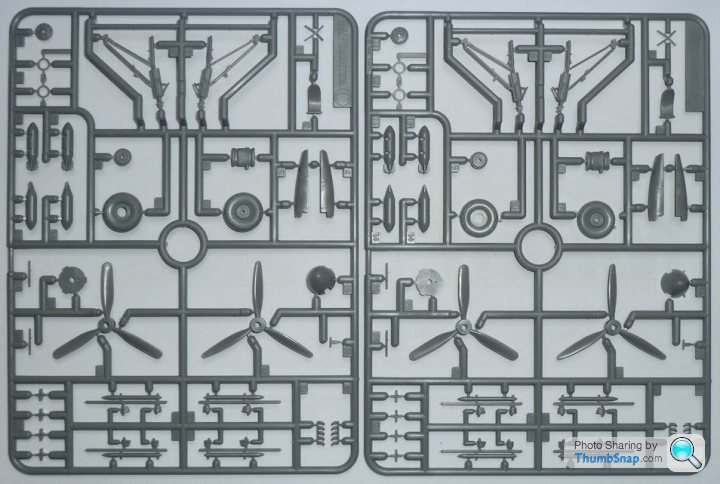
Fuselage halves are split to allow different nose versions. Again, the front sections snap into place leaving little sign of a join:
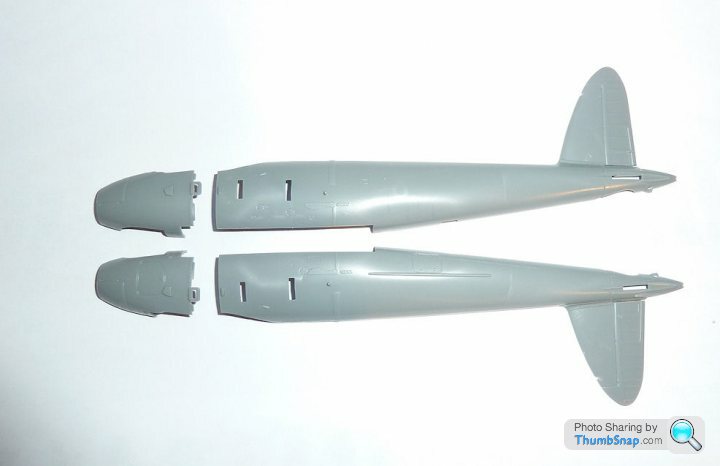
Progress so far - wings, nacelles and nose sections glued together, all taped together dry to check fit:
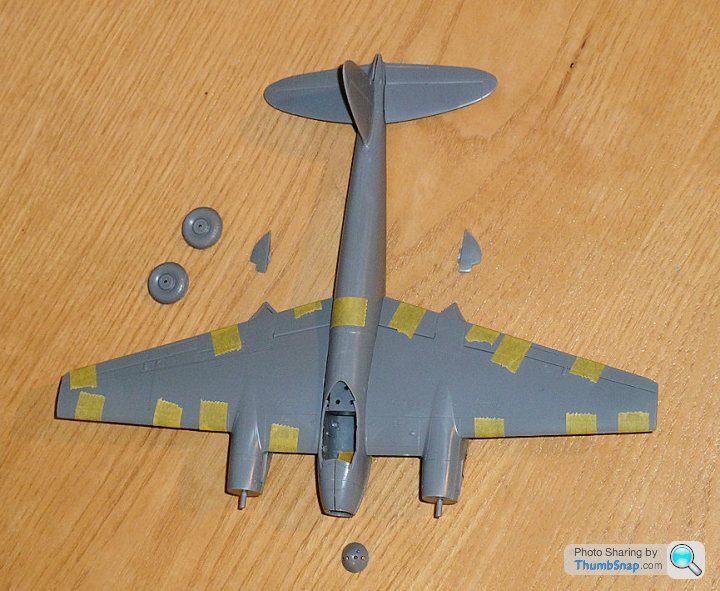
Two identical "C" sprues for each nacelle, strangely they've moulded four identical propellers:

Fuselage halves are split to allow different nose versions. Again, the front sections snap into place leaving little sign of a join:

Progress so far - wings, nacelles and nose sections glued together, all taped together dry to check fit:

dr_gn said:
4321go said:
It might just be the photo, but those props don't look the same. Each sprue seems to have one broad-chord prop and one with a narrower chord and more pointed tips.
Well spotted - of course I'd cut an odd pair out ready for painting too...
Just stuck this on my watch list too.. Don't have to now I'm posting I guess. Always liked the look of the mosquito but agree the models tend to look a bit featureless, interested to see how this comes out!
I guess I convinced myself that this wouldn't be that difficult to do. But it actually is.
First off: Do some test pieces for woodgrain decals and oil paints, then compare results.
Decals: Paint and preshade base colours:
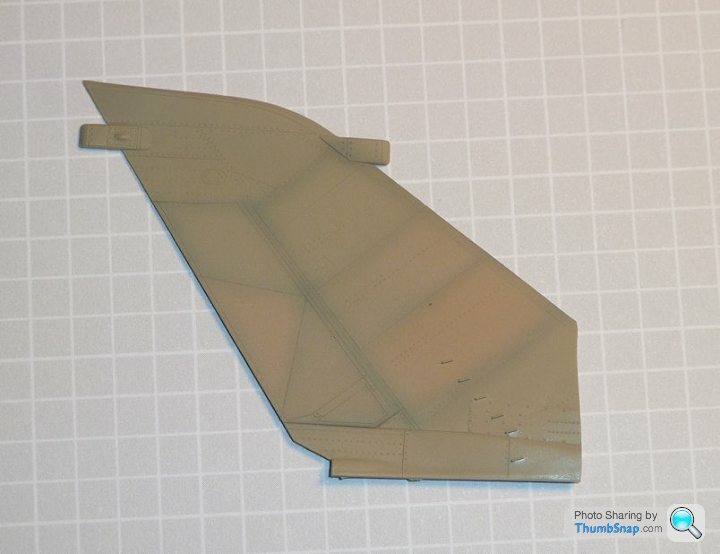
Then cut a mask for the panel:
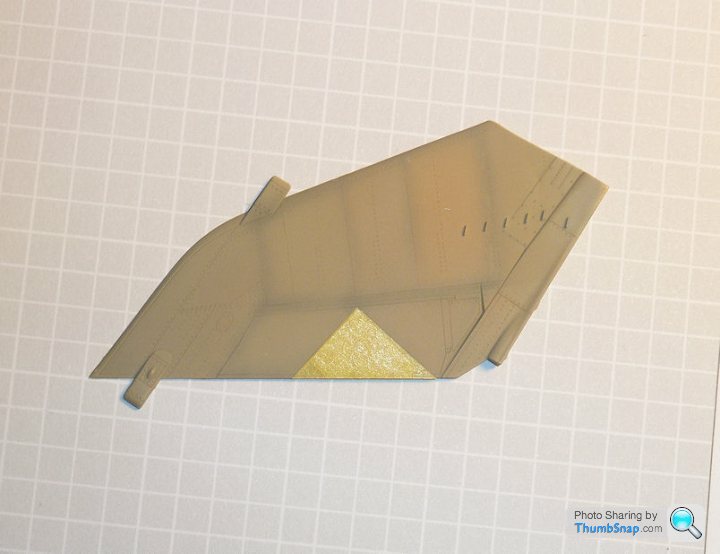
Transfer to the decal paper:
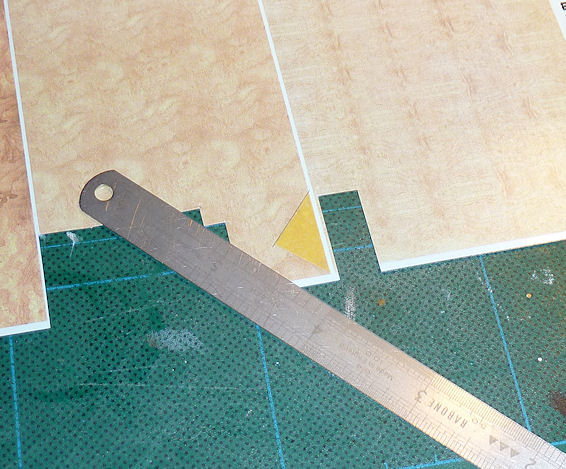
Cut out and apply decal (+repeat):
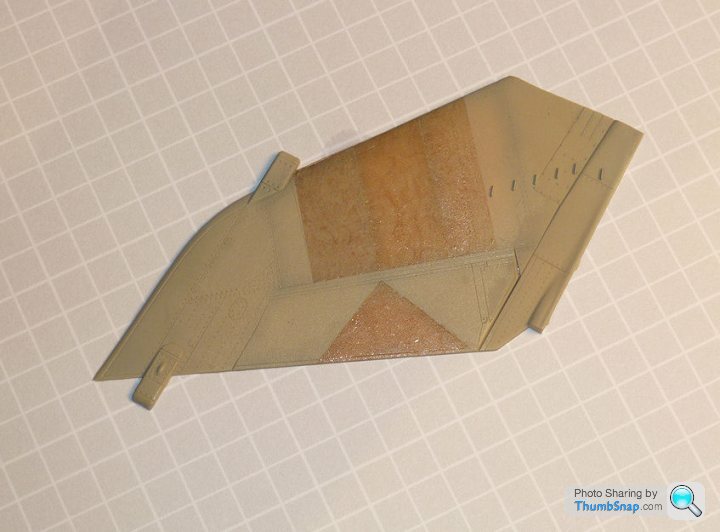
Oils:
Basecoat, preshade, mask and than add wavy lines of oil paint:
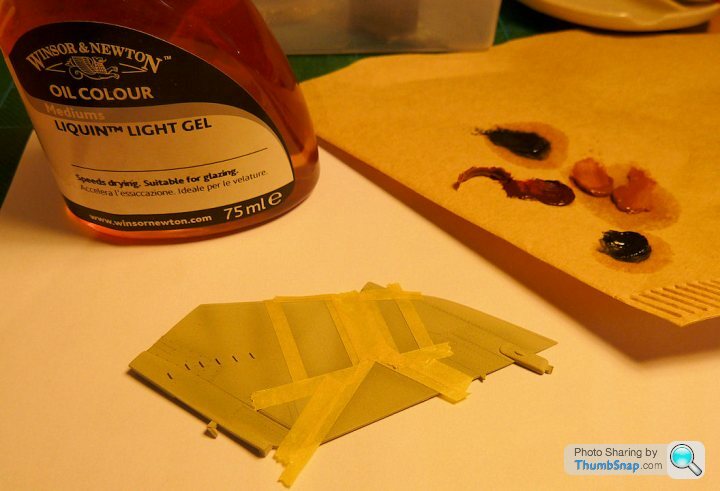
Results:
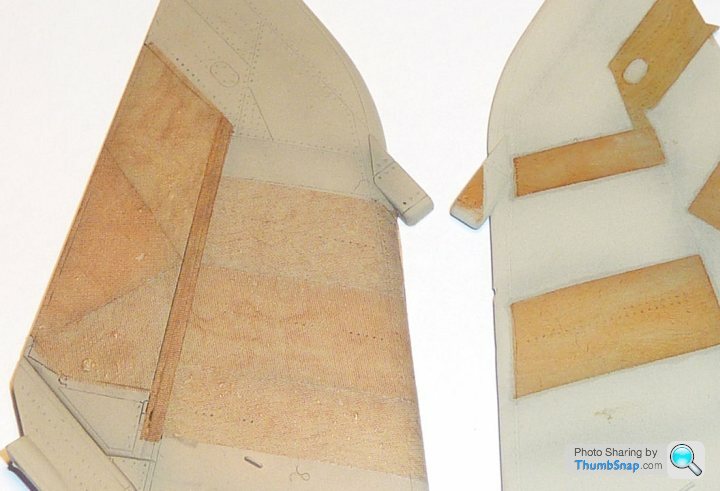
So the decals tended to blister, and they are not as nice a colour (too pink IMO). The woodgrain effect is very nice, although there is no long grain decals so I can't get the herringbone effect apparent on certain adjacent panels. Alex from UvdR has offered to try and print some long grain to try, so we will see how it goes. One big problem with the decals would appear to be cutting them around small access panels which need to remain base colour (silver). The decals are extremely fragile, so masking and painting these bits last would be a very risky business.
The oil paint method looks nice enough, but takes ages to dry (although I've experimented with W&N Liquin this time to try and speed it up), and again it's a very fragile finish and more masking is needed becasue each panel needs masking and painting individually. However, I've found that small details can be msked over with latex and the oil paint removed very easily, then cleaned up if necessary with white spitit on a fine brush.
So...pros and cons for both methods. I'm erring towards hand painting in oils, but I do like the grain of the decals...
First off: Do some test pieces for woodgrain decals and oil paints, then compare results.
Decals: Paint and preshade base colours:

Then cut a mask for the panel:

Transfer to the decal paper:

Cut out and apply decal (+repeat):

Oils:
Basecoat, preshade, mask and than add wavy lines of oil paint:

Results:

So the decals tended to blister, and they are not as nice a colour (too pink IMO). The woodgrain effect is very nice, although there is no long grain decals so I can't get the herringbone effect apparent on certain adjacent panels. Alex from UvdR has offered to try and print some long grain to try, so we will see how it goes. One big problem with the decals would appear to be cutting them around small access panels which need to remain base colour (silver). The decals are extremely fragile, so masking and painting these bits last would be a very risky business.
The oil paint method looks nice enough, but takes ages to dry (although I've experimented with W&N Liquin this time to try and speed it up), and again it's a very fragile finish and more masking is needed becasue each panel needs masking and painting individually. However, I've found that small details can be msked over with latex and the oil paint removed very easily, then cleaned up if necessary with white spitit on a fine brush.
So...pros and cons for both methods. I'm erring towards hand painting in oils, but I do like the grain of the decals...
Gassing Station | Scale Models | Top of Page | What's New | My Stuff





